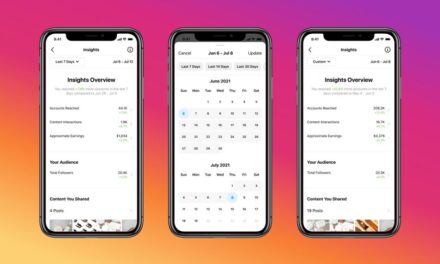Repost from: https://www.thedrum.com/opinion/2018/08/13/the-evolution-amazon-ad-platform
The evolution of Amazon has led to the company holding a unique position. It’s simultaneously one of the biggest advertisers, spending an estimated $3.4bn in the US last year, and one of the largest advertising platforms, expected to rake in $4bn this year. And while many in the industry already consider the company a welcome challenger to the digital-ad duopoly of Google and Facebook, just how big of a piece of the ad spend pie Amazon can take in the future may depend on its willingness to jump outside of the walled garden strategy.
To truly rival the dominance of Google and Facebook and reach its market potential, Amazon needs to gain the same type of power that it has on its marketplace and inventory, off its marketplace – in other words, on other inventory. With their moves to date, they are on the right path to leverage their biggest advantage – customer data – across the ecosystem.
Connectivity
Amazon has been fairly proactive when it comes to connecting to properties besides their own with one of its two main advertising offerings, Sponsored Products, which is effectively paid search. They’ve had an API for sellers for quite some time, and more recently they created an API that gives brands self-service, customizable access to platform inventory.
The company’s other ad service, the Amazon Ad Platform (AAP), is where the real opportunity lies. With AAP, Amazon offers advertisers the ability to buy ads on a host of other web and mobile publisher properties. Functioning like a demand-side platform (DSP), AAP enables advertisers to bid on open inventory outside Amazon using the same exchanges through which they usually transact. In the past few months alone, it has progressed very quickly and agencies and marketers are clamouring to get on board.
With a growing list of connections to third-party ad servers, research providers and attribution partners, AAP is gaining traction. If Amazon continues its plans to aggressively go after outside inventory sources for display and video, offer incentives like discounted tech fees, enable integrations and adopt APIs, they’ll be in an optimal position to be the on-ramp for spend and inventory everywhere. Also, I am hopeful that they will build out robust open API access to their advertising offerings. Given Amazon’s pedigree with APIs and microservices as seen on AWS, it is quite natural for them to do so.
Consumers
Amazon’s USP is data, but wouldn’t every platform say the same thing? Google and Facebook both certainly thrive as ad businesses thanks to their user data. But Amazon’s data set is different, and it’s that difference that gives them competitive advantage.
The data that Google and Facebook have still provides insight into users’ “inner lives,” with things like searches and peer group involvement informing the personal profiles that guide ad targeting. For example, based on the behavioral data, Honda can deliver ads to “soccer moms” with a fairly high degree of accuracy. What they can’t do, based on that data, is target by the anticipated purchase intent of those soccer moms. That’s where Amazon has a clear advantage.
Amazon, unlike Facebook and Google has actual records of what people really buy, and not just the things heir habits suggest they might buy. It’s a gold mine of information that no one else can offer. How they can build on this advantage to surpass the power of their rivals is by combining those powers with their own to form a new superpower, where search, social and shopping together provide insights into purchase journeys that can inform a brand’s whole strategy.
The potential is enormous. By charting a consumers’ data all the way from social behavior, through search intent and corroborated by real historical purchase data, platforms could build a value picture in to how audiences really behave. But this is where the connectivity conundrum resurfaces. Because joining together search, social and shopping data is going to require that all three ingredients be put in to the same pot.
The duopoly, as it has been until now, is hardly known for being open and forthcoming with their services. And recent moves in the ecosystem such as GDPR and the end of Facebook’s Partner Categories, through which advertisers could target ads using customer profiles bought from data brokers, suggest further tightening of the internet’s historic openness.
Amazon, with its full funnel access to what consumers are talking about, shopping for and purchasing, is sitting at the precipice of an opportunity to strengthen their offering while being a good guy in a market looking for another trusted partner. At the risk of sounding cliche by quoting Spiderman’s uncle Ben, “with great power comes great responsibility.”I just hope that, in this case, great power brings a revitalized sense of openness that will be necessary for the full possibilities of Amazon as good guy can be realized.















